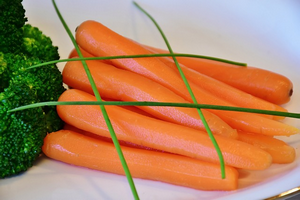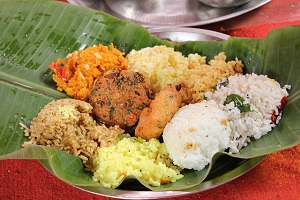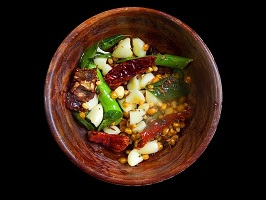How Do You Blanch Food?
Blanching refers to the process of making a dish soft by removing most of its juices. This preserves the food for a longer period of time so that it can be eaten while it is still fresh. Blanching is an essential cooking technique in which a tough food, usually a fruit or vegetable, is blanched in boiling water, drained after a short, brief, and preferably successful period, and then plunged into cool or cold running water to halt the cooking process. Although this is one of the oldest methods of cooking, it is seldom used today because of the risks involved and the need to use safe equipment.
Guideline How To Blanch Foods
You might ask yourself, “How do you blanch food?” The first step is making sure that your vegetables are fresh and not frozen. Next, follow the directions on your recipe. Blanching recipes often specify the temperature at which the food should be brought to just below boiling point. If it boils too early, the nutrients may have been lost; if it boils too late, it could be too bitter.
To learn how do you blanch food, it’s a good idea to purchase a few inexpensive blanching tools and supplies from a reputable retailer. Typically, these tools include Vegetabrowns (which can be purchased separately), a sharp knife, a large saucepan, a baking sheet, ice, salt, and water. Depending on the type of vegetable to be blanched, some or all of these additional items may also be required. These are only a few of the many blanching tools that are available, but they are enough to get you started.
Blanching can be done both inside and outside the home. In the home, it is often done at night for breakfast or brunch, as well as snacks throughout the day. This saves cooking time and prevents guests from getting bored. Some of the more common vegetables that are used for blanching are tomatoes, green beans, carrots, potatoes, sweet potatoes, spinach, beets, peas, onions, parsley, cilantro, and beans. Sometimes corn is also added.
When learning how do you blanch food? It is important to know that cooking with cold water is very different from cooking over hot water. The process calls for a lower temperature than when cooking over boiling. This means that certain foods are safe to be blanched with boiling water but should not be cooked with cold water.
For example, cabbage leaves can be blanched with boiling water but should not be cooked with cold water, because cabbage leaves tend to stick to the bottom of the pan and can cause a severe burn if they are accidentally dropped into boiling water. In fact, cooking cabbage is much safer if you use cold water than if you use hot. Of course, the same rule applies for other vegetables and fruits that you want to blanch. Some fruits, like strawberries, can be safely blanched by using boiling water to rinse off the surface. However, these fruits would be best if you put them into a food processor or juicer to make them smooth before smooth with ice water. Blanching vegetables is also different from steaming as it requires rinsing off the outer skin of the vegetables with cold water to remove all of the “skin” or excess water.
Cooking is often complicated, so it’s good to know which technique you should use depending on the type of food you’re preparing. Cooking with boiling water may be the easiest, but it takes longer than using parboiling. Cooking vegetables with cold water is the fastest way to prepare them, but it does require more effort. The good news is that you can blanch many types of food and infuse them with flavor by infusing salt or spices into the water prior to boiling.
The most popular method of blanching vegetables is through the stovetop method, which requires boiling the food in large amounts of boiling water for a few minutes to loosen up the dirt and debris. However, if you’d prefer to use a pressure cooker to get that same effect, that’s perfectly fine as well. However, if you’re looking for an easier and less expensive option, parboiling is your best bet. So what are you waiting for?




